
Agriculture
November 9, 2023
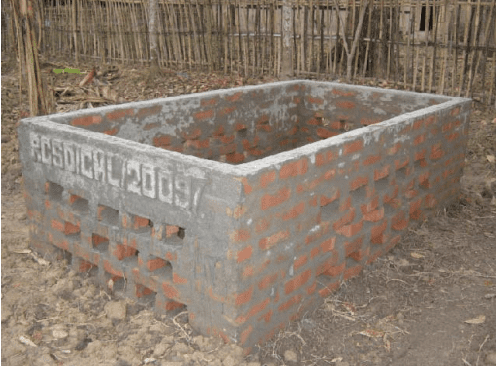
Updated on November 9, 2023
·Created on September 26, 2019
The NADEP method of organic composting uses a wide range of organic materials such as crop residues, weeds, forest litter and kitchen waste with an end-product of a fertilizer that serves as a good alternative to farmyard manure.
The NADEP Composting method of organic composting was developed by a Narayan Deotao Pandharipande of Maharashtra. This compost uses a wide range of organic materials such as crop residues, weeds, forest litter and kitchen waste with an end-product of a fertilizer that serves as a good alternative to farmyard manure. The composting tank construction is a rectangular brick tank with a 90-120 day decomposition time.
Target Users (Target Impact Group)
Distributors / Implementing Organizations
Manufacturing/Building Method
Constructed using locally available materials
Intellectural Property Type
Open Source
User Provision Model
Users can use the open source design documents and implement the NADEP composting method.
Distributions to Date Status
Unknown
Design Specifications
The recommended size of the tank is 10 ft length by 5 ft width by 3 ft height. All the four walls of the NADEP tank have 6 inch vents (created by removing every alternate brick after the height of 1ft. from bottom for aeration), and the tank may be constructed with mud mortar or cement. For good quality compost, the entire tank should be filled within 24 hours and not beyond 48 hours. Initial materials include agricultural waste (Dry & green): 1350-1400 kgs, cattle dung or biogas slurry: 98 – 100 kgs, fine-sieved soil: 1675 kgs, water: 1350-1400 liters. These materials are added in layers:
Technical Support
There is no technical support provided and users are expected to maintain the product on their own.
Replacement Components
None
Lifecycle
Unknown
Manufacturer Specified Performance Parameters
Reduced cash expenses on chemical fertilizer, improved soil fertility, and increased crop yield
Vetted Performance Status
Testing by S.V.P University assessed nutrient retention, S.K. Rajasthan Agricultural University assessed carbon loss, and additional testing for S.V.P. University assessed weed recycling through NADEP composting.
Safety
Implementers must take appropriate precautions when working with organic waste, particularly cattle dung, and ensure complete decomposition.
Complementary Technical Systems
None
Academic Research and References
Kumar, S., at al., 2011, A Study on Design and Development of NADEP Compost Tank. Society, for Recent Development in Agriculture, 11, pp. 207-209.
Kumawat, N., et al., 2018, Preparation of NADEP Compost for Sustaining Farming Community. Popular Kheti. Vol 5.
Kumar, A., et al., 2012, Recycling of Harmful Weeds Through NADEP Composting. VEGETOS: International Journal of Plant Research, 25, pp. 315-318.
Verma, R., et al., 2014, Carbon and Weight Loss During Composting of Wheat Straw by Different Methods. Annals of Biology, 30, pp. 354-357.
Compliance with regulations
Unknown
Other Information
None

Agriculture
November 9, 2023

Agriculture
November 9, 2023
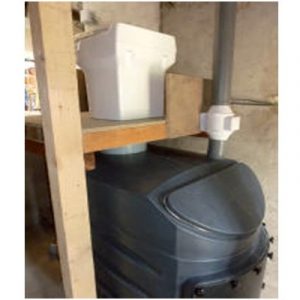
Agriculture
November 9, 2023
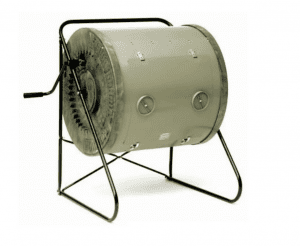
Agriculture
November 9, 2023
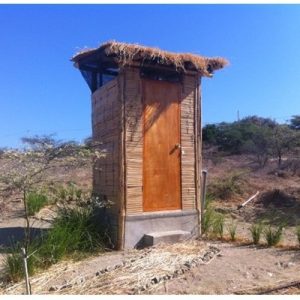
Agriculture
November 9, 2023
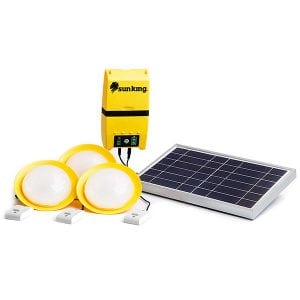
Agriculture
November 9, 2023

Agriculture
November 9, 2023

Agriculture
November 9, 2023
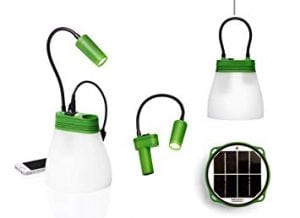
Agriculture
November 9, 2023

Agriculture
November 9, 2023
Have thoughts on how we can improve?
Give Us Feedback